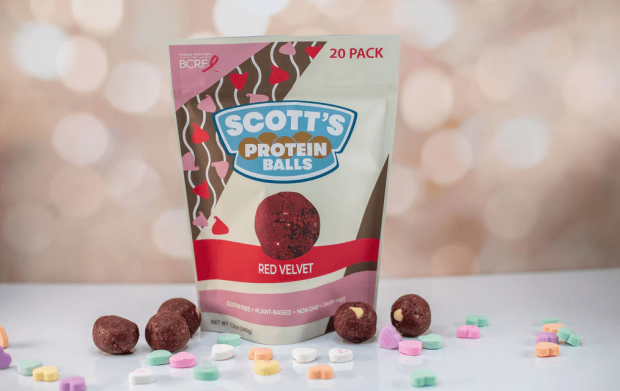D2C Brands Add Flexibility to Subscriptions to Boost Retention

D2C brands see it’s no longer enough to simply offer a subscribe and save option.
In an interview with PYMNTS, Scott Levine, co-founder and chief financial officer of direct-to-consumer (D2C) snack company Scott’s Protein Balls, noted that the company quickly added a subscription offering last year in response to demand. Now, the brand sees that, to fully reap the benefit of subscription commerce, it must focus on optimizing the program.
“We wanted to have something out there,” Levine said. “Customers buy from us frequently, and we wanted to offer them a discount. We have a lot of subscribers, but I think we can do better. And that’s one of the things that is on the calendar for 2023 — make the offer more compelling. Reach out to our most loyal customers and give them the best price that we can offer them.”
Levine added that one of the main friction points across many brands’ subscription offerings is the lack of flexibility, where customers get locked into an order volume that ultimately does not work for them and thus cancel their membership. As such, Levine argued that, for the program to be as successful as it can be, there needs to be flexibility.
Certainly, savings-based subscriptions can be effective, given that cost concerns are top-of-mind for many subscribers, according to research from the “Subscription Commerce Conversion Index: Subscribers Seek Affordability and Convenience,” a PYMNTS and sticky.io collaboration, which drew from a survey of more than 2,100 U.S. consumers.
The study found that 85% of subscribers cited free shipping as a very or extremely important factor in a subscription offering. Plus, 74% said the same of coupons and promo codes, and 67% noted that it was highly important to them to be able to view savings by subscribing versus buying one-off.
In addition to giving consumers more control, Levine noted that the company is considering whether the base-level discount on offer (about 10%) through the subscription program is enough of a loyalty program or whether the brand should offer rewards for non-subscribers as well.
“We launched our website almost two years ago,” Levine said. “We have over 150 customers who have ordered more than 15 times in 22 months, so we should be rewarding those people and getting them to build up some sort of equity in what we do with them.”
Rewards can be especially key now, with consumers’ inflation-related belt-tightening requiring brands to work harder for their customers’ loyalty. Indeed, PYMNTS’ “Consumer Inflation Sentiment: Consumers Buckle Down on Belt-Tightening” found that 66% of consumers are cutting down on nonessential retail spending, and 58% are cutting down on nonessential grocery spending.
Plus, PYMNTS’ study “The State of Subscription Business: Best Practices and Business Performance Drivers,” created in collaboration with FlexPay, which drew from a survey of 200 executives at companies that offer subscription-based services and products, found that 48% of them expect to face challenges related to attracting new customers in the next 12 months.
A third of subscription providers cited this issue as the most important challenge they are facing, while an additional 15% viewed this concern as important, but not the most important one they are dealing with.
